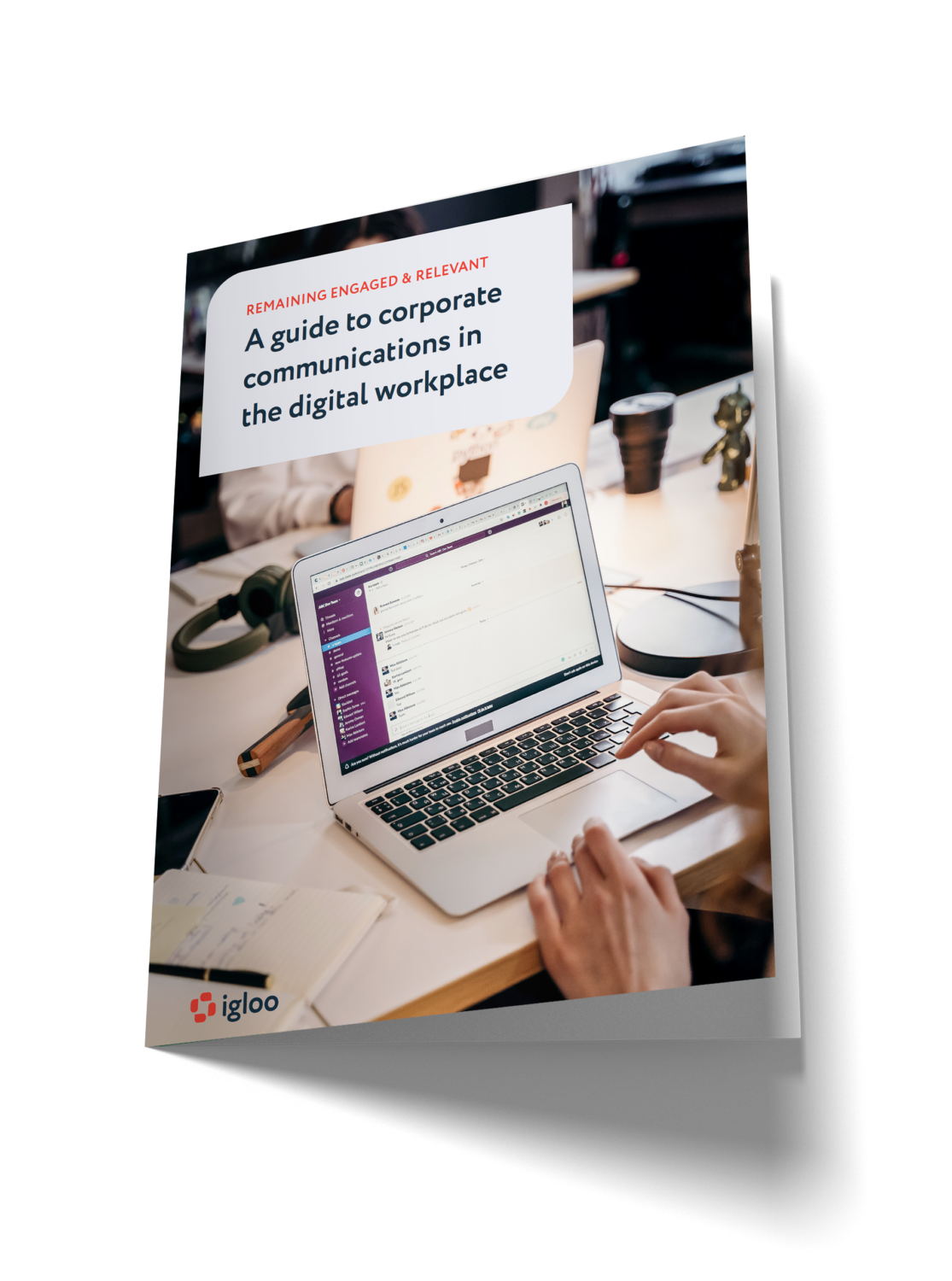HR Communication Tools that Get Results: What to Look For
Employee communication software can be broken down into three categories: traditional, mobile-first, and unified. By choosing the right software for your specific workforce and needs, you can improve productivity, reduce burnout, and strengthen organizational alignment.


HR communication tools are essential for engaging any type of workforce, but the specific tools you choose will have a huge impact on the effectiveness of your efforts. What should you look for when choosing employee communication software?
This article is designed to explain the benefits of strong communications tools, and how you can find the right internal communication platform for your organization.
What We’ll Cover
Benefits of Employee Communication Software
The stats around employee communication software are conflicting. According to Forbes, 45% of workers felt more connected to their teams as a result of digital communication technology in the workplace. However, as many as 70% of workers reported burnout as a result of digital communication.
How can employee communication software make workers feel simultaneously more engaged, and more burnt out (a known driver of disengagement)? This comes down to the quality of the communication software in question.
Data from Grammarly links strong workplace communication to a 64% increase in productivity and a 58% increase in work satisfaction—but this assumes effective communications that don’t waste the time or energy of employees. When communications aren’t clear, relevant, or streamlined, the effort to access and apply the information can outweigh its potential benefits.
Good communications can help employees understand each other, as well as the values, goals, and visions that drive the entire organization. By tightening the connection between individuals, teams, and leadership, the entire organization can operate more efficiently and with less conflict or error.
So, how can we achieve communications victory that yields the 48% decrease in stress and 33% cost reduction reported by companies with strong corporate communications platforms?
IGLOO GUIDE
A Guide to Corporate Communications

The Traditional Approach
Historically, corporate communications have largely taken place over email—and many still do, as indicated by the 13 hours a typical employee spends each week organizing and searching email inboxes. That’s flaw number one with our traditional approach of communicating via email: it pulls people away from the more important work they should be doing.
Even adding chat tools like Slack and Teams doesn’t remedy the problem; if anything it compounds the issue. While communications are more direct and relevant over chat, it creates one more place to search for information on top of email alone. Between email and chat, employees spend an additional 9 hours each week searching for corporate information.
As much as this process drains productivity in corporate environments, at least office workers have the ability to spend that time searching and communicating. On the frontlines, employees don’t have that luxury. Any information stored in emails or chats will go unnoticed by workers in factories and hotels as they focus on the more pressing demands of frontline work.
The traditional method for communicating is a burden for desked workers, but it’s a non-starter for frontline teams.
The Mobile-First Approach to HR Communication Software
If the traditional approach serves nobody well and frontline workers worst of all, then what about the mobile-first solution to employee communication technology? After all, everyone has a phone.
Mobile-first employee communication seems like a good answer to the 70% of frontline workers who want more workplace technology to keep them connected; but mobile-first employee communication apps create a new problem.
Lightweight employee communication platforms designed for frontline work may make it easier to get the message out to the frontlines, but these apps don’t offer the depth of features necessary to facilitate collaboration, culture, and knowledge-sharing back in your offices. Some organizations run mobile communication apps for their frontlines in parallel with traditional email and chat apps for their desked workers, but this only deepens the divide between the two groups.
Let’s recap the situation so far: traditional methods like email and chat apps are inaccessible for mobile users; mobile-first apps lack the depth to facilitate effective office work; and a combined approach silos the organization, making cross-functional culture and teamwork nearly impossible.
The Unified Approach
The most effective internal communication tools are those that offer a unified approach. This means centralizing communications with a single tool that allows everyone from HR to individual users to communicate in the way that’s best suited for their specific role.
Sometimes, that will still mean email or chat—but even in these cases, information and communications are still linked back to a central platform through integration support, eliminating silos and accelerating knowledge retrieval.
See how the Igloo Digital Assistant integrates all your apps into a single, searchable ecosystem.
How HR Benefits
With a platform like a modern intranet, human resources and internal communications teams can centralize communications in a single platform that connects mobile app users to their desked counterparts. A multichannel campaign manager allows for fast and effective distribution of communications to specific, targeted audiences within the organization—and it ensures they receive these communications on the channel most appropriate for their roles.
For instance, important safety policy updates for factory workers can be published in a central policy hub on the intranet, while only those workers affected will receive notifications of this policy in their mobile app.
By contrast, new rules for in-office conduct can be published to a different policy hub, with email notifications directing desked workers to this new document. Each cohort only gets the notifications and documents they need to see, reducing fatigue and wasted time associated with navigating emails and information.
HR gets better engagement, and workers get more of their time back.
How Employees Benefit
In addition to recovering valuable time that was previously wasted sifting through irrelevant or duplicative information, employees have easier access to each other. An intranet allows for deeper interactions between individuals across the organization, encouraging not only the flow of ideas and knowledge, but also the deepening of cultural cohesion at work.
Modern intranets like Igloo are designed to be cultural hubs in addition to hr communication tools, allowing for stronger ties across teams, and leading to a stronger sense of shared values and vision. This is a key component in creating the enthusiasm that keeps employees happy and engaged with their work.
Conclusion
To keep employees connected to the organization and each other, internal communication technology needs to evolve alongside the workforce. This means moving beyond standalone tools like email, chat, and frontline apps, and towards more holistic, central solutions that offer every employee the right digital experience within a single platform. Costs are lower, engagement is higher, and your message is clearer with the right technology.
To find the right fit for your goals, talk to an Igloo expert today and see what can be accomplished with the right internal communication software.





